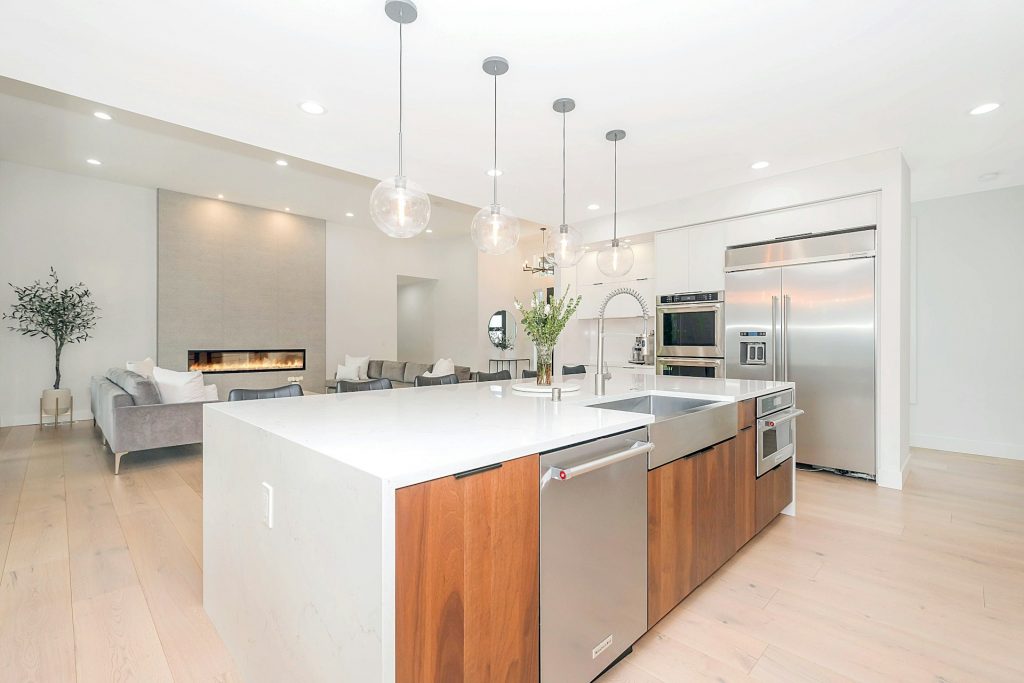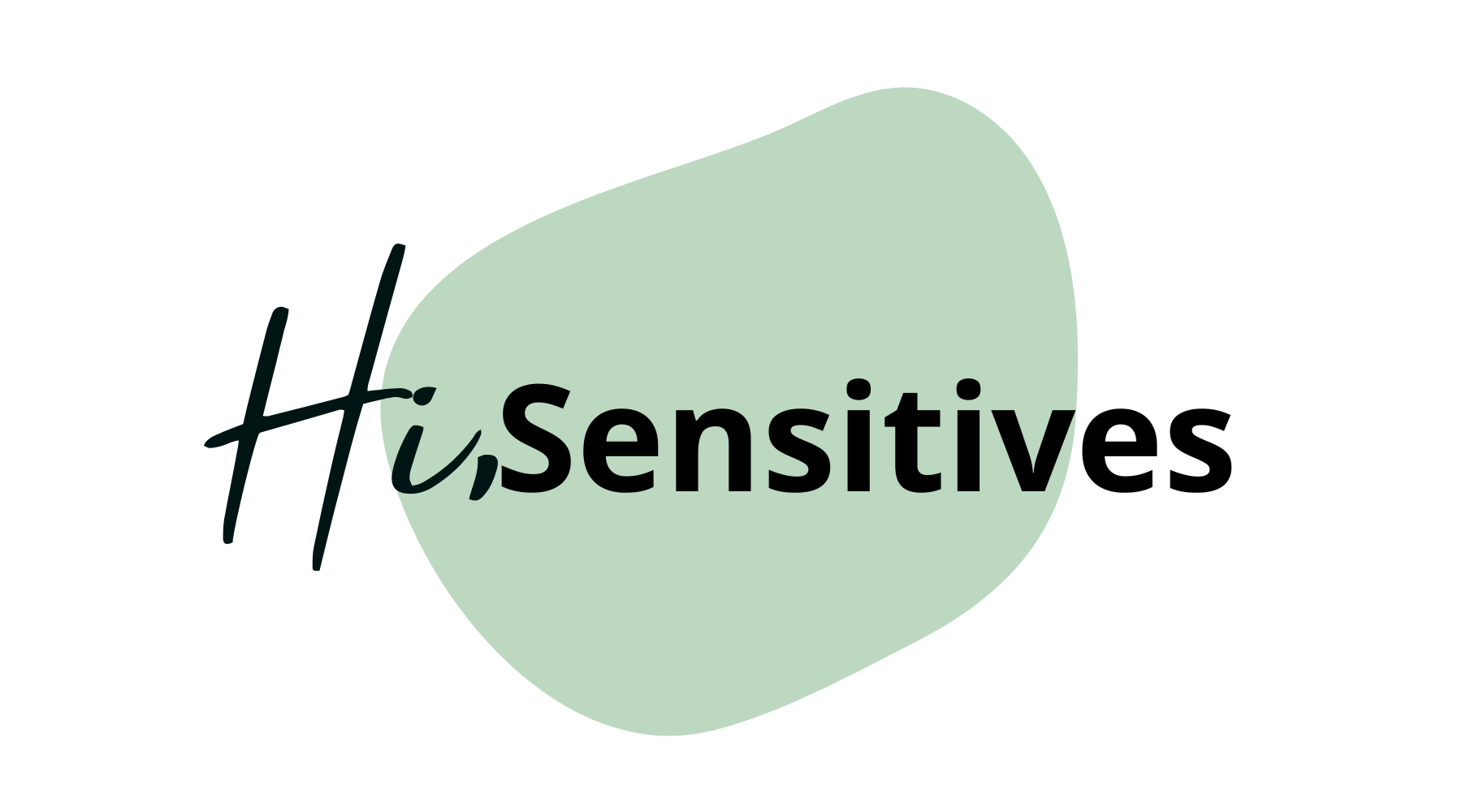Wondering how you can finance your home decor projects? In this article, we share some valuable tips to create your dream home.
Estimated reading time: 10 minutes
When redecorating your home, you’re often driven by a vision of a stylish living room, a cozy reading nook, or a modern kitchen that reflects your personality. Home decor projects can range from simple furniture updates to extensive interior makeovers, which can be costly. The interior design market was worth $180.73 billion in 2023 and is projected to grow to $317.83 billion by 2031, with an anticipated compound annual growth rate (CAGR) of 8.3% from 2024 to 2031.
While many focus on structural renovations, the importance of interior design and decorative elements can’t be overlooked. Quality furnishings and thoughtful decor enhance your home’s ambiance and value.
If you’re planning a decor makeover, understanding financing options is essential for staying on budget. We’ll explore various financing avenues, including traditional loans and creative strategies, to help you achieve your dream space without overspending.
Here’s What You’ll Discover:
- Why Consider Home Decor Financing?
- Traditional Financing Options
- Specialized Home Decor and Interior Design Financing Options
- Creative Ways to Finance Your Decor
- What Lenders Look For and How to Prepare?
- Comparing Costs and Finding the Best Deal
- Responsible Borrowing and Planning for the Future
- The Bottom Line
Why Consider Home Decor Financing?
Before diving into how it’s important to consider why financing might be a good option for your home decor or interior design project:
- Cash flow management. Not everyone has the liquidity to pay for a major project upfront. Financing allows you to spread costs out over time, making it easier to manage your monthly budget.
- Increasing property value. Thoughtful interior design and quality furnishings can increase your home’s desirability and market value. Financing that helps you achieve a well-executed project may pay off when you sell your property.
- Flexibility in project scope. Instead of scaling back on quality due to budget constraints, financing can allow you to pursue the vision you truly want, opting for better materials, timeless designs, and professional help.
- Taking advantage of promotions. Many furniture stores and interior design firms offer promotional deals, such as zero-interest financing over a certain period. If you take advantage of these offers, you might save on overall interest costs.
Traditional Financing Options
Thinking about fast financing, you can consider the following options:
Home Equity Loans and HELOCs
For homeowners who have built up equity in their property, a Home Equity Loan or a Home Equity Line of Credit (HELOC) might be the first financing avenue to consider. These products allow you to borrow against the equity you’ve established, often at relatively low interest rates compared to unsecured home renovation loans.
- Home equity loans. A home equity loan provides a lump sum upfront. This option is ideal for larger, one-time expenses, such as buying an entire furniture set or doing a comprehensive interior redecoration. The interest rates are generally fixed, which makes budgeting easier, as you know your monthly payments won’t fluctuate over time.
- HELOCs. A HELOC works more like a credit card, allowing you to borrow up to a certain limit, pay it down, and borrow again during the draw period. This can be particularly useful if your home decor project takes place in stages or you’re unsure of the exact final cost. However, HELOCs often have variable interest rates, which can rise over time.
Pros:
- Potentially lower interest rates
- Flexible borrowing amounts (especially with a HELOC)
- It may be tax-deductible (consult your tax professional)
Cons:
- You must have enough home equity
- Your home is collateral, so defaulting puts it at risk
- Closing costs and fees may apply
Personal Loans
Personal loans are unsecured loans offered by banks, credit unions, and online lenders. They don’t require collateral, which can be beneficial if you haven’t built up substantial equity in your home or prefer not to risk your property to secure a loan.
These loans have fixed interest rates and set repayment terms, making it easier to predict your monthly payments and total interest. Approval and funding can be relatively quick, sometimes within a few business days.
Pros:
- No collateral required
- Fixed interest rates and predictable payments
- Fast approval and funding time
Cons:
- Interest rates are often higher than secured loans
- Loan limits might be lower than home equity options
- Good credit is often required for the best rates
Credit Cards
Using a credit card for home decor purchases is common for smaller projects, like furniture or decorative accents. Some credit cards offer introductory 0% APR periods that allow you to pay for your decor over several months without interest charges.
This approach might be beneficial if you have a card with a generous credit limit or a rewards structure that allows you to earn cash back, travel points, or merchandise discounts. However, be cautious with credit cards, as interest rates can be quite high once any promotional period ends.
Pros:
- Convenience and fast access to credit
- Potential for 0% APR promotional periods
- Rewards and benefits may offset costs
Cons:
- High interest rates if not paid off promptly
- May tempt overspending beyond your original budget

Specialized Home Decor and Interior Design Financing Options
We have gathered several options if you need to find the money to design your house.
Store Financing Programs
Many large retailers and furniture stores offer in-house financing programs. These come with in-store credit cards, installment plans, or layaway options. Using these store-specific financing solutions, you can score interest-free periods, loyalty discounts, or early access to sales.
Some stores partner with financing companies or digital lending platforms to provide quick pre-approval and tailored loan programs for home furnishings or decor items.
Pros:
- Potential 0% interest promotional periods
- Discounts, loyalty perks, and rewards
- Tailored to furniture and decor purchases
Cons:
- Limited to one retailer’s product range
- Must read the fine print on interest rates after the promotional period
- It may encourage buying more items than planned
Interior Design Financing Companies
If you’re working with an interior designer or decorator, ask if they partner with interior design financing companies. These specialized lenders work closely with industry professionals to provide flexible financing options for clients. This can streamline the process, rather than juggling interior designed loans or payment plans, you might handle most of your financing through one platform integrated into your designer’s payment system.
Pros:
- Streamlined financing experience
- Tailored loan products for design projects
- May offer flexible repayment options
Cons:
- Limited lender choices
- This may require working with specific designers or firms
Short-Term Loans for Quick Makeovers
Consider a short-term loan or even a small cash advance if your project is small in scope, such as a quick living room refresh or a seasonal decor update. These can come in the form of personal installment loans or, occasionally, payday loans for very small updates. While the interest rates can be higher, quick access to funds might be useful in certain scenarios, especially if you stumble upon a time-sensitive sale.
Pros:
- Fast funding for quick projects
- Works for small, one-off purchases
- Fewer credit requirements in some cases
Cons:
- Higher interest rates
- It can be costly if not repaid promptly
- Smaller loan amounts may limit the project scope
Creative Ways to Finance Your Decor
If traditional or specialized financing doesn’t feel right, alternative strategies exist to make your home decor dreams more affordable.
Budgeting and Saving Over Time
One old-fashioned, low-risk approach is to plan. Set a realistic budget for your home decor project and save incrementally every month. This may mean your project takes longer, but when you’re ready to make purchases, you’ll have the cash on hand, eliminating interest and debt.
Pros:
- No interest or fees
- You own your items outright from the start
- Encourages thoughtful decision-making
Cons:
- Requires patience and discipline
- You may miss out on time-sensitive sales or limited-edition items
Splitting Projects into Phases
If you can’t afford a complete makeover all at once, break your project into manageable phases. For example, start with the living room furniture this year, the dining area next year, and the bedroom afterward. This phased approach spreads out the cost and might allow you to pay as you go, using extra cash flow, bonuses, or tax refunds to cover each stage.
Pros:
- Spreads costs over time
- Allows for a pay-as-you-go approach
- More time to research and find deals
Cons:
- Slower overall transformation
- Styles or inventory could change over time
Leveraging Seasonal Sales and Discounts
Sometimes, strategic shopping can save you enough money that financing becomes less of a concern. Look for furniture financing options and decor discounts during major holidays; for instance, Black Friday, Cyber Monday, Memorial Day, and Labor Day are common times for significant markdowns. End-of-season sales can also help you snag high-quality items at a fraction of the original cost.
Pros:
- Reduce overall project costs
- Easier to pay upfront if the price is significantly lowered
- This may eliminate the need for a large loan
Cons:
- Requires flexibility in timing your project
- Desired items might sell out quickly
- Limited selection during sale events
What Lenders Look For and How to Prepare?
If you’re leaning toward a loan-based financing solution, it’s essential to understand what lenders consider when evaluating your application. Whether you’re applying for a home improvement financing product or a personal loan, keep these factors in mind:
- Credit score. A strong credit score typically secures a better interest rate. Check your credit report beforehand and resolve any inaccuracies.
- Income and debt-to-income ratio. Lenders want to ensure you can comfortably handle the loan payments. Be prepared to provide proof of steady income and have a manageable debt load.
- Loan amount and purpose. Be specific about how much you need and why. For some lenders, demonstrating a clear plan for using the funds can help strengthen your application.
- Collateral (if required). If you’re using a home equity product or another secured loan, ensure the property valuation and all necessary paperwork are in order.
Before applying, gather necessary documents like pay stubs, tax returns, and account statements. Having everything organized can speed up the approval process.
Comparing Costs and Finding the Best Deal
As you explore various interior design loans, furniture financing options, and other decor ones, it’s crucial to compare the total costs associated with each method. Consider these steps:
- Calculate total interest. Determine how much you’ll pay in interest over the life of the loan. Compare multiple lenders’ APRs and terms to identify the most affordable option.
- Look at fees and penalties. Some loans come with origination fees, prepayment penalties, or late fees. Factor these costs into your overall assessment.
- Consider promotional terms. If a retailer offers a 0% APR for 12 months, but you know you can pay off the balance within that time frame, this might be an excellent deal. Just read the fine print: if you don’t pay off the balance in time, you might be hit with retroactive interest.
- Work with professionals. An interior designer or financial advisor might provide guidance on what financing options best suit your goals, budget, and project timeline.
Responsible Borrowing and Planning for the Future
Financing can be a useful tool, but it’s essential to approach it responsibly. After all, the goal is to enhance your living space without causing long-term financial stress.
- Set a realistic budget. Before securing financing, calculate a comprehensive budget that covers not only the cost of items but also potential shipping fees, installation charges, taxes, and any contingency funds you might need.
- Make a repayment plan. If you’re taking out a loan or using a credit card, determine how you’ll pay it off on schedule. Automate your payments where possible and consider paying more than the minimum when you can to save on interest.
- Be selective in your choices. High-quality, timeless decor pieces can serve you for many years, justifying the investment and reducing the need for frequent replacements.
- Keep an eye on the market. If you can wait, watch interest rates and lender promotions. Securing a lower rate could significantly impact your total cost over time.
The Bottom Line
Undertaking an interior design refresh or comprehensive decor overhaul can transform your home into a more functional, comfortable, and aesthetically pleasing space. And while these projects can be costly, the wide range of home decor financing options available ensures there’s likely a solution that fits your unique financial situation.
From traditional methods like home equity loans and personal loans to specialized interior design financing and store-specific offers, you can fund your project in a way that feels both manageable and wise..
Financing your home decor projects is balancing achieving your design vision and maintaining financial health. With careful research, comparison shopping, and a well-structured repayment plan, you can bring your dream interior to life without overextending your budget. Whether you choose to access credit, leverage promotions, or patiently save up, the right strategy can help you create a home environment that reflects your style and aspirations.






